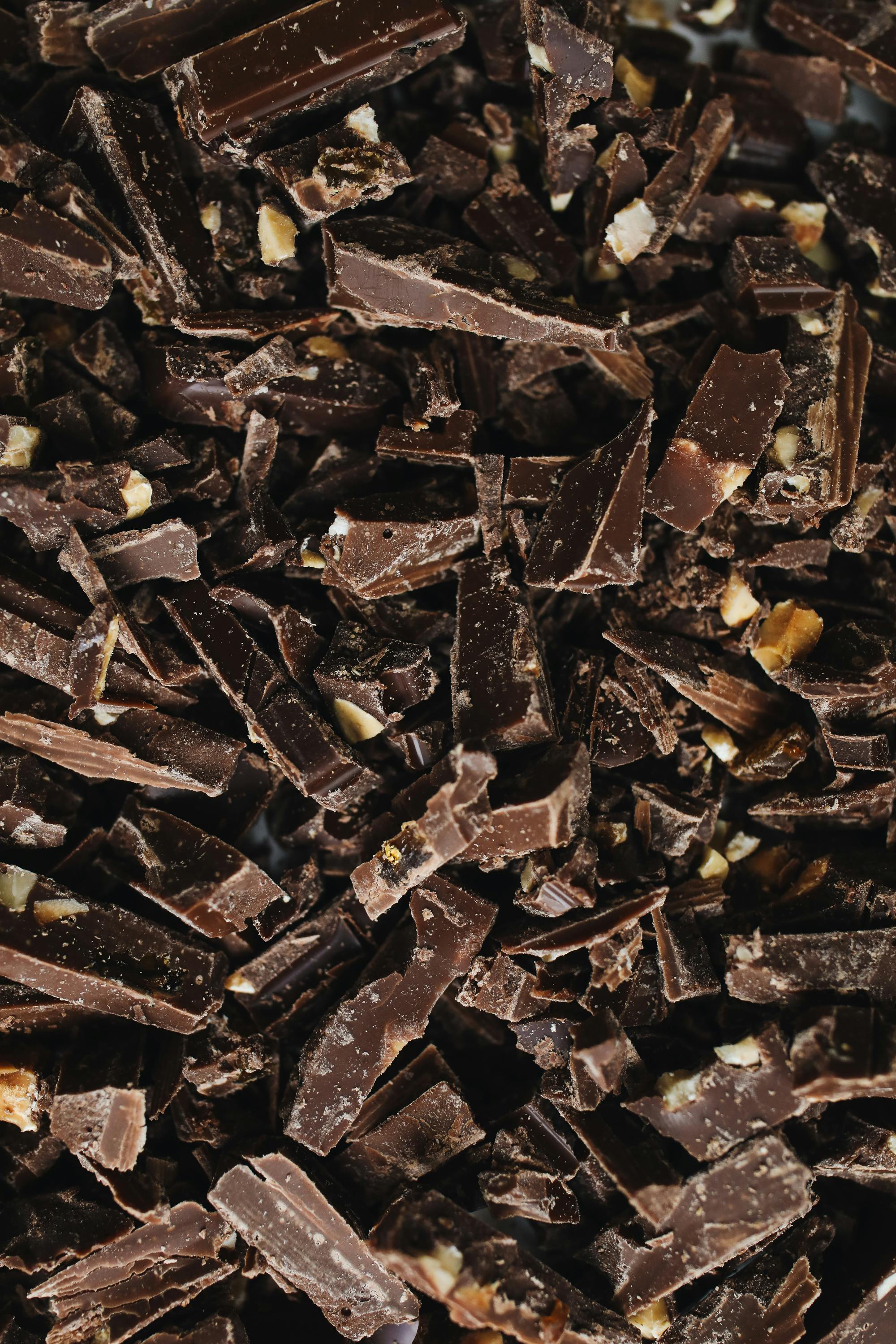Staubläuse Bisse: Understanding the Bites and Their Impact
What Are Staubläuse and Their Characteristics?
Staubläuse, often referred to as dust lice or springtails, are tiny, wingless creatures that belong to the class Collembola. These insects thrive in damp environments and are commonly found in soil, leaf litter, and decaying plant matter. Although they are not harmful to humans, their presence can indicate moisture problems in your home or garden. Staubläuse typically range in size from 0.25 to 6 mm, and they possess a unique ability to jump, which aids in their mobility. They feed primarily on decaying organic material, playing a crucial role in the ecosystem by aiding in decomposition and soil aeration.

Habitat and Behavior of Staubläuse
Staubläuse are generally found in moisture-rich environments. Common habitats include gardens, forests, and even indoor spaces that experience high humidity. They thrive in dark conditions and can often be seen in areas with organic debris, as they feed on mold and decaying matter. The ability to jump, enabled by a specialized structure called a furcula, allows them to escape predators quickly and explore their environment effectively. If you’re trying to manage a garden, understanding where these insects dwell and how they behave can help mitigate their populations without significantly disrupting the ecosystem.
Diet of Staubläuse
As detritivores, Staubläuse primarily consume organic matter, including fungi, decaying plants, and other microorganisms. Their feeding habits contribute to the breakdown of organic materials, enriching the soil in the process. This natural recycling process is vital for maintaining soil health. For gardeners and plant enthusiasts, having Staubläuse in the soil can be beneficial, as they help create a nutrient-rich environment for plants to thrive. However, excessive moisture and organic debris can lead to populations that become difficult to control.
The Impact of Staubläuse Bisse on Humans
While Staubläuse are generally harmless to humans, their bites can cause mild irritation in sensitive individuals. Bites typically result in localized redness or itching but are not considered a serious health threat. Most people may not even be aware that they have been bitten, as the symptoms can resemble a mild allergic reaction. If you’re dealing with an infestation in your home, it’s essential to address the source of moisture, as reducing humidity can help prevent these pests from thriving. In this section, we will explore protective measures against bites and how to manage any infestations.
Prevention Strategies for Staubläuse Bisse
To prevent Staubläuse bites and manage infestations, consider implementing the following strategies:
– **Reduce humidity**: Use dehumidifiers in damp areas, especially basements and bathrooms.
– **Proper ventilation**: Ensure that your home is well-ventilated to minimize moisture.
– **Regular cleaning**: Keep spaces free of organic debris, which attracts pests.
– **Seal entry points**: Check for and seal any cracks or openings in your home that may allow Staubläuse to enter.
By adopting these practices, you can minimize the risk of bites and discourage Staubläuse from inhabiting your space.
What to Do If Bitten by Staubläuse
If you do experience bites from Staubläuse, it’s important to address the irritation effectively. Here are some practical steps to follow:
1. **Clean the affected area**: Wash the bite area with soap and water to reduce the risk of infection.
2. **Apply a cold compress**: Use a cold compress to alleviate any swelling or discomfort.
3. **Antihistamines**: Over-the-counter antihistamine creams can help address itching and irritation.
4. **Consult a doctor if necessary**: If the reaction is severe or persists, seek medical attention to avoid complications.
Understanding how to manage bites can help reduce discomfort and make coping with these pests easier.
Identifying and Managing Infestations
If you suspect that you have a Staubläuse infestation in your home or garden, identifying their presence is the first step towards effective management. These creatures often congregate in damp areas and can usually be seen hopping around when disturbed. The presence of moisture and organic matter is a good indicator of their habitat. In this section, we’ll cover how to identify Staubläuse and practical steps to manage an infestation.
Signs of Staubläuse Infestation
Identifying Staubläuse in your home involves looking for several signs:
– **Visible Presence**: These insects are often seen hopping around in moist conditions.
– **Moisture Issues**: Check for mold growth, excess dampness, or water damage—common hotspots for Staubläuse.
– **Skin Irritation**: If you or your family members are experiencing unexplained skin irritations or bites, it may be a sign of an infestation.
Recognizing these indicators early can help you take preventative measures before the problem worsens.
How to Control Staubläuse Infestations
Controlling Staubläuse infestations requires a combination of cultural, mechanical, and chemical methods. Here’s a systematic approach to managing their populations:
1. **Eliminate excess moisture**: Repair any leaks and ensure proper drainage in and around your home.
2. **Remove organic debris**: Regularly clean areas where organic detritus accumulates, such as garden beds or under sinks.
3. **Use natural deterrents**: Consider introducing beneficial insects that prey on Staubläuse or use diatomaceous earth to create barriers.
4. **Chemical treatments**: In severe cases, applying insecticides specifically designed for soft-bodied insects may be necessary, but this should be the last resort.
By following these steps, you can effectively manage Staubläuse populations without significant harm to your ecosystem.
Key Takeaways
– Staubläuse are small, harmless insects that thrive in damp environments.
– They play an essential role in soil health through decomposition but can cause mild irritation to sensitive individuals.
– Preventative measures include reducing humidity and removing organic debris from your living spaces.
– Recognizing signs of infestation and implementing control strategies can help manage their populations effectively.
FAQ
1. Are Staubläuse harmful to pets?
Generally, Staubläuse pose no threat to pets. They do not bite or sting, making them primarily an annoyance rather than a health hazard. However, if a pet shows signs of irritation after contact, it is advisable to consult a veterinarian for appropriate advice.
2. How can I naturally repel Staubläuse?
There are several natural methods to repel Staubläuse, such as using essential oils (like peppermint or tea tree oil) mixed with water as a spray. Additionally, maintaining a dry environment will naturally deter these pests from settling in.
3. Do Staubläuse carry diseases?
No, Staubläuse are not known to carry or transmit diseases to humans or animals. Their bites are typically harmless, though they may cause mild allergic reactions in sensitive individuals.
4. Can Staubläuse infest my potted plants?
Yes, Staubläuse can inhabit potted plants, especially if the soil is excessively moist and rich in organic matter. It’s crucial to monitor moisture levels and ensure that potting soil is well-drained to prevent infestations.
5. Is it possible to completely eliminate Staubläuse?
While it’s challenging to eliminate Staubläuse completely due to their beneficial role in the ecosystem, you can significantly reduce their numbers by managing moisture levels and organic content in your environment. Regular maintenance and vigilance are key to keeping their populations under control.
